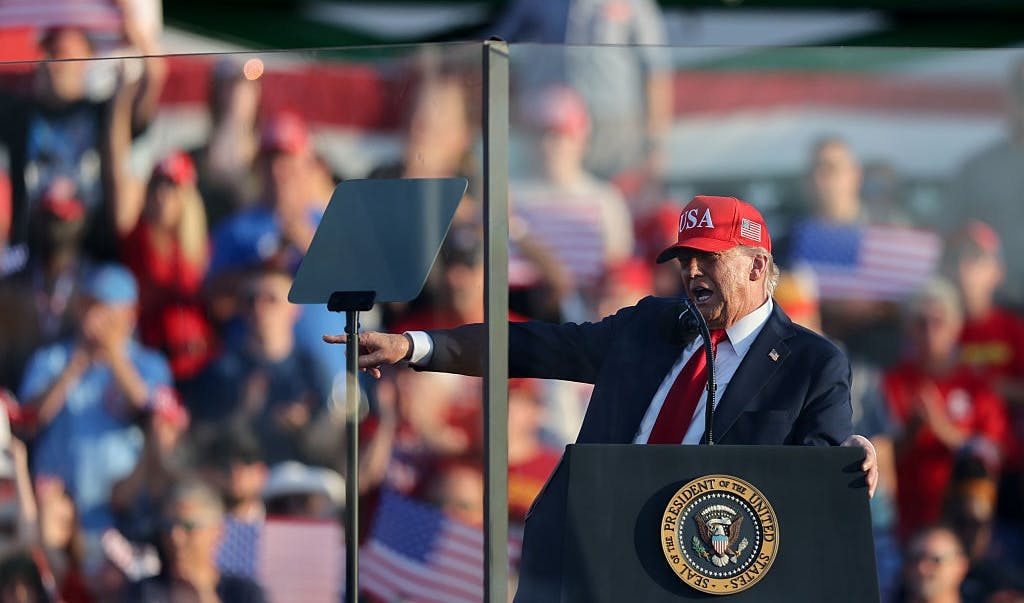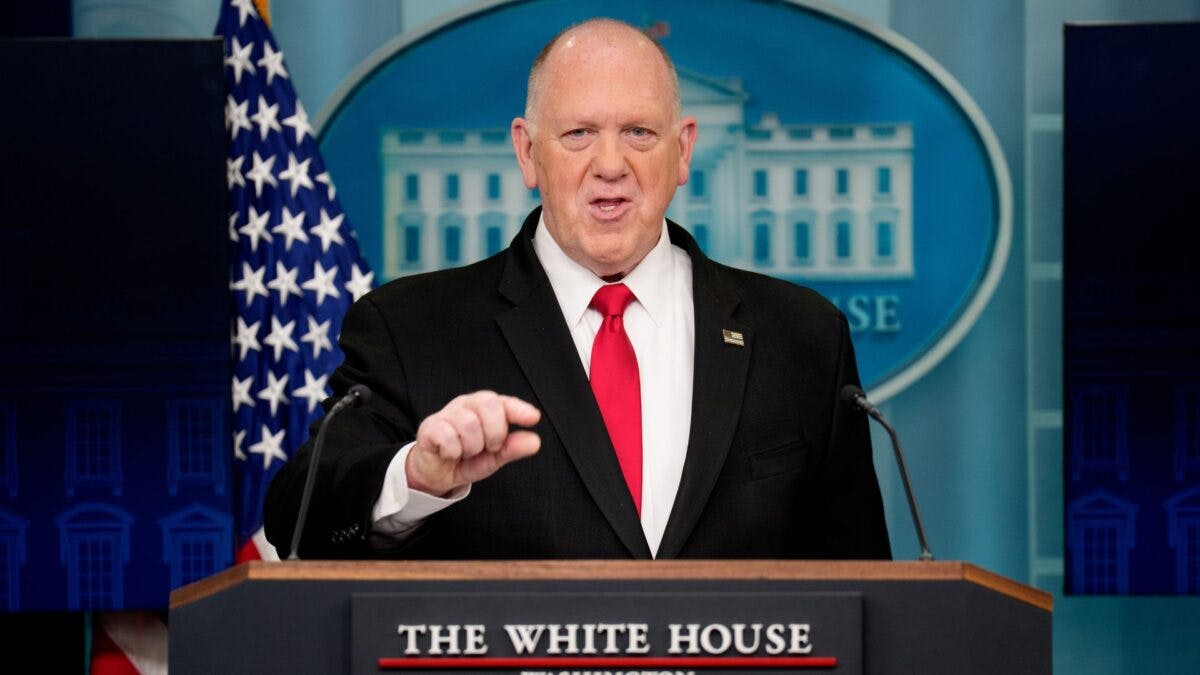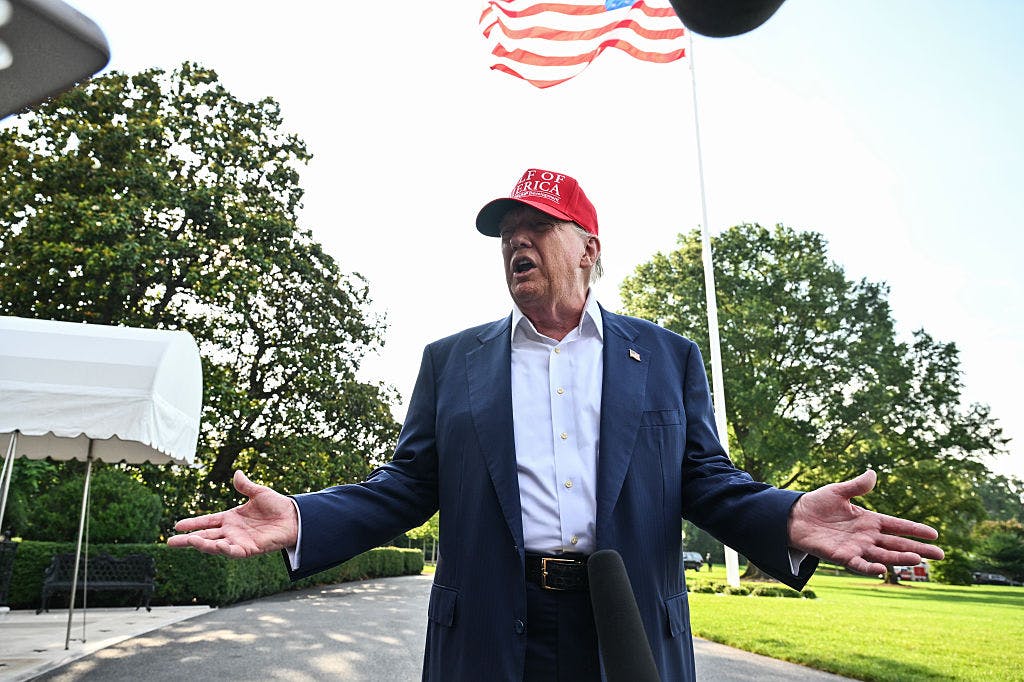Dark thoughts about the New Jersey drones


As a strategist specializing in information warfare, the progenitor of the 1st Joint SOFTWAR Unit (Virtual), and the creator of the insidious FATEMAH “slow motion war” exercise taught to many students attending the National Intelligence University, I believe U.S. authorities must take the drone incidents over the northeastern seaboard seriously.
If U.S. agencies are not behind this chaos in pursuit of a nefarious “McGuffin,” and if it isn’t the work of a wealthy group of tech-savvy anarchists, then we must consider the possibility that a nation-state or its proxies are responsible.
Could this not be an ideal moment for China to invade Taiwan and secure it through fait accompli?
Two dark possibilities merit serious consideration. First, the northeastern seaboard incidents may represent an “information tsunami” designed to distract while a hostile power launches an offensive elsewhere. Second, the drone activity could signal the prelude to an attack on the U.S. homeland.
Whether the drones are part of a clandestine U.S. operation uncovering an infiltrated enemy plot or hostile drones conducting pre-attack reconnaissance, a significant threat looms.
In either scenario, the United States faces its weakest strategic posture since Pearl Harbor, led by a cognitively impaired President Joe Biden and a Vice President Kamala Harris whose speeches lack strategic clarity, to put it charitably.
Donald Trump will not return to the Oval Office until January 20, leaving the nation — after four years marked by inflation, unpopular diversity initiatives, and surges in illegal immigration — focused upon the temporary fully respite provided by the Christmas and New Year holidays.
This moment presents an opportune time for a strategic move by a nuclear-armed adversary such as China, Russia, or North Korea, potentially joined by an unexpected latecomer to the nuclear club, Iran — or perhaps a coordinated effort by all four.
The term “information tsunami” refers to a massive surge of televisive content generated by global media, including social media, broadcast television, satellite, cable, and podcasts. This wave overwhelms and displaces most other information for a set period.
During such a wave, national focus shifts entirely to its subject — in this case, the mysterious New Jersey drones. This redirection of attention creates the ultimate strategic feint, leaving critical issues unmonitored. And no one seems to be minding the store.
Could this not be an ideal moment for China to invade Taiwan and secure it through fait accompli?
Or for Russia, desperate to expand its gains, to launch a larger offensive in Ukraine before the United States can respond?
Or for North Korea to strike South Korea, exploiting political turmoil in Seoul?
Or something even darker: Could this be the prelude to a direct Chinese attack on the U.S. homeland, aimed at preventing American interference in a takeover of Taiwan?
Such a prelude could unfold in three ways:
Reconnaissance: China might conduct a detailed survey of U.S. military and civilian infrastructure, gathering an electronic order of battle akin to the U.S. Cold War U-2 missions that provided critical insights into Soviet vulnerabilities.
Desensitizing deception: The situation could mirror the Nazi Kriegsmarine’s “Channel Dash” during Operation Cerberus in 1942. The Germans gradually increased low-power radar jamming to lull the British into complacency, then switched to high-power jamming to evade detection and escape through the English Channel. Similarly, Americans growing accustomed to White House spokesman John Kirby’s droning assurances that there is “nothing that indicates a public safety risk” might face a devastating national surprise.
Target selection: The drones could be identifying way points for smaller drones to carry out precision strikes. These future attacks might target individual windows or open doors in key buildings, operations sheds, and hangars, or focus on specific aircraft, weapons systems, or military personnel.
Another, even darker possibility emerges: The drones’ iterative, slightly offset racetrack flight patterns reported by witnesses on the ground in New Jersey and elsewhere resemble the flight paths crop dusters use to disperse chemicals over land to neutralize plants and insects. This same pattern could serve to drop biological warfare agents, with an incubation delay designed to achieve maximum surprise.
Chinese researchers, for instance, have gained significant insights into the effectiveness of such biological agents through numerous U.S. studies. Skeptical? Just Google “COVID.”
In an independent study, to which I contributed late in the process, retired Air Force Colonels John Warden III and Larry Weaver developed a notional scenario of a future Chinese attack on U.S. soil.
Weaver’s video depiction of this hypothetical attack stands out for its acute relevance. Although set in the future, the idea of using bioweapons as the initial phase to induce strategic paralysis in the United States remains a credible and valid concern.
So, I offer these scenarios, not to induce fear, but to encourage U.S. leadership to focus on what could be an immediate and lethal strategic threat and to level with the American people.
Originally Published at Daily Wire, Daily Signal, or The Blaze
What's Your Reaction?
 Like
0
Like
0
 Dislike
0
Dislike
0
 Love
0
Love
0
 Funny
0
Funny
0
 Angry
0
Angry
0
 Sad
0
Sad
0
 Wow
0
Wow
0












































































